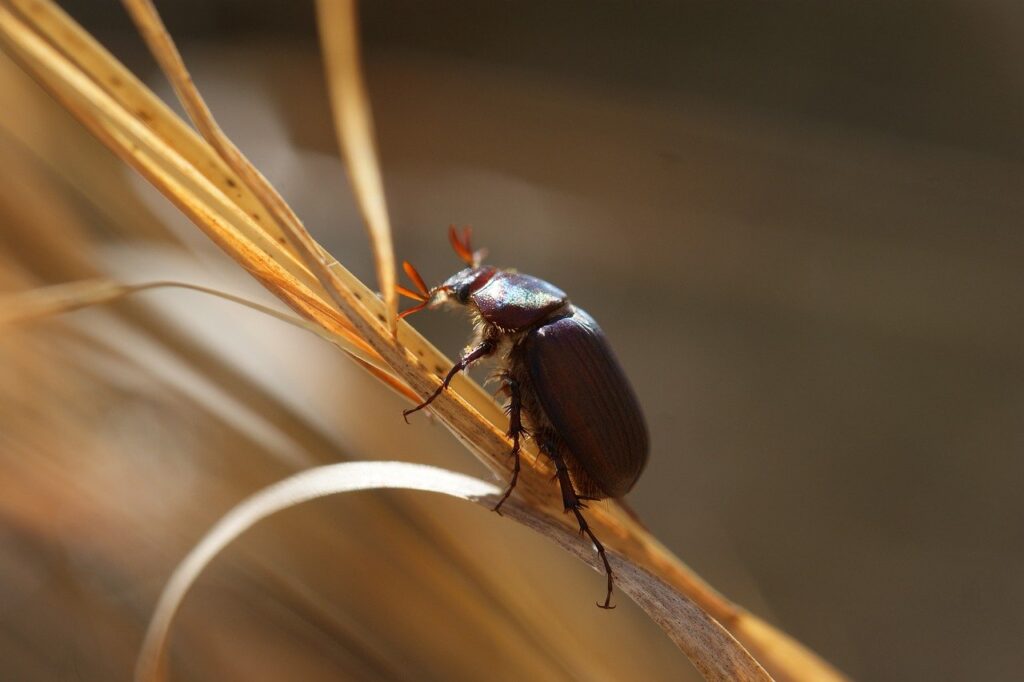The roasting process can be split into several phases, each of which adds to the final flavor profile of the coffee. The initial stage is the drying phase, where the beans shed moisture and turn from green to yellow. This is complied with by the first crack, which is the factor at which the beans broaden and release a fracturing noise. The second fracture, if it occurs, notes the shift into a darker roast. Roasters have the versatility to quit the process at any type of indicate accomplish the preferred roast degree, from light to dark, and almost everywhere in between.
It is essential to keep in mind that the coffee roasting process generates chaff, a thin, papery skin that separates from the beans as they warm up. Managing this chaff is a factor to consider for roasters, as it can pose fire hazards and call for correct ventilation. Additionally, the exhaust of unstable organic substances (VOCs) during roasting is an ecological worry that some roasters address with air purification systems.
Coffee roasters also experiment with different profiles and blends to develop distinct flavor mixes. The beginning of the beans, the roast degree, and the roasting process all influence the flavor and aroma of the coffee. Roasters might mix beans from various areas to create a well balanced, flavorful mug or focus on single-origin beans to showcase the special attributes of a specific area.
Among the essential concepts of coffee roasting is the Maillard reaction, a chemical process that occurs when amino acids and minimizing sugars react in the visibility of heat. This reaction is in charge of the browning of the coffee beans and the growth of complicated flavors and aromas. The level to which the Maillard reaction occurs is affected by different factors, including the temperature, duration, and airflow throughout the roasting process.
Coffee roasters can be found in numerous sizes and shapes, from small countertop home appliances to industrial-sized devices efficient in taking care of large batches of beans. These makers are geared up with a selection of features and controls, permitting roasters to adjust the roasting process to accomplish the desired flavor account. The roasting machine generally includes a drum or chamber where the beans are positioned, a heat source, and a system for cooling down the beans after roasting.
The artistry of coffee roasting is the skill and know-how of the roaster in browsing these stages and making decisions that impact the flavor of the final product. Roasters often depend on their senses, making use of sight, odor, and sound to determine the progress of the beans and make changes as required. It’s a fragile equilibrium of timing and intuition, and it’s what sets artisanal coffee roasters in addition to mass-produced coffee.
Coffee roasting, basically, is the process of using heat to green coffee beans to change them into the fragrant, delicious beans that we recognize with. Nevertheless, the magic occurs in the nuances of this change, and everything begins with the green beans. These beans are seeds of the coffee fruit, and they are generally kept in their raw, green state until the roasting process begins. The key to great coffee depends on the quality of these green beans and the roasting process that follows.
Coffee, the world’s favorite caffeine-infused drink, owes much of its fascinating flavor and fragrance to the detailed process of roasting. Behind the scenes, a coffee roaster machine plays a critical duty in transforming green coffee beans into the abundant, aromatic beans we grind and make to relish our daily mug of joe. This write-up looks into the fascinating world of coffee roasting, exploring the technology, craftsmanship, and virtuosity involved in this important action of coffee manufacturing.
In the last few years, there has been a revival of passion in small-batch, artisanal coffee roasting. This activity has triggered an area of passionate roasters that value quality, sustainability, and openness in the coffee supply chain. A number of these roasters focus on direct connections with coffee farmers, guaranteeing reasonable settlement and honest methods. They also stress the use of top notch, sustainably sourced beans and eco-friendly roasting methods.
The coffee roaster machine is an interesting tool that bridges the gap between green coffee beans and the tasty mixture that so many people appreciate. The art and science of coffee roasting involve a fragile balance of factors, from the quality of the beans and the roasting process to the know-how and intuition of the roaster. As the globe of coffee remains to progress and branch out, the role of the coffee roaster machine continues to be pivotal in supplying the diverse and fascinating series of coffee experiences that consumers value. Whether you’re a coffee lover or a casual drinker, understanding the ins and outs of coffee roasting can deepen your admiration for this precious beverage.
Subscribe to Updates
Get the latest creative news from FooBar about art, design and business.
4 Mins Read
7 Explanation Why Having An Excellent Precision Coffee Roaster Isn’t Adequate
Previous Article6 Definition On Why Best Milf Chat Rooms Website Is Good
